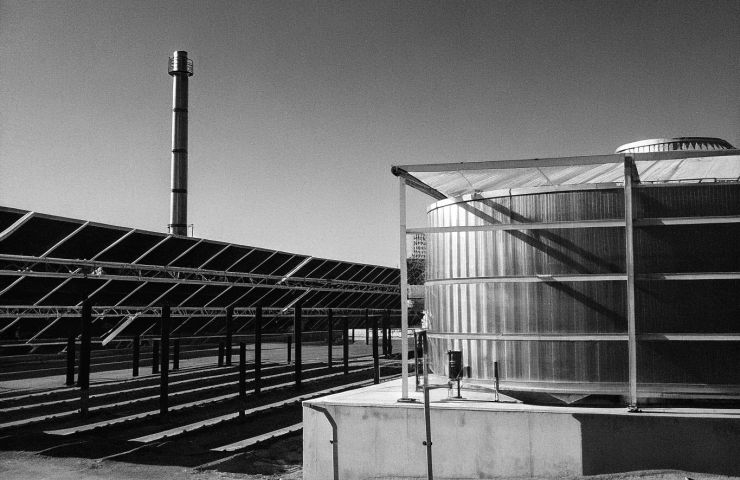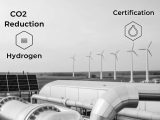
Mexico Accelerates Green Hydrogen Production with SENER-AMH2 Projects and Tulum Energy’s Pyrolysis Tech
July 9, 2025Mexico’s big push into clean hydrogen just got a serious boost, thanks to two major developments that could reshape its role in the global shift to sustainable energy. First, a new partnership between the Mexican Ministry of Energy (SENER) and the Mexican Association of Hydrogen, Storage, and Sustainable Mobility (AMH2) is backing 18 hydrogen-focused projects across the country. Not long after, Tulum Energy made headlines with a breakthrough in methane pyrolysis—a promising twist on hydrogen tech.
Fueling the Future: Big Moves in the Works
On December 27, 2024, SENER and AMH2 rolled out a plan to co-invest in 18 new hydrogen projects, all aimed at cutting emissions across Mexico’s heavy industries and transportation systems. It’s a clear signal that Mexico’s not just talking the talk—it’s walking the walk when it comes to industrial decarbonization and building a solid spot for itself in the hydrogen production chain.
Fast forward to July 2025, and Tulum Energy is stepping into the spotlight with fresh funding for a new methane pyrolysis pilot plant near a Techint Group steel facility in Tulum. The move links two major trends—cutting emissions from heavy industry and scaling up next-gen hydrogen solutions.
Methane Pyrolysis: Clean Hydrogen, Cleaner Process
Let’s talk tech: Traditional hydrogen production methods like steam methane reforming churn out a ton of CO₂. But methane pyrolysis flips the script. This process heats methane without oxygen, breaking it down into hydrogen and solid carbon—a byproduct that’s way easier to manage and might even have industrial uses of its own, like in construction materials or as a graphite alternative.
The beauty of this method? It could crank out clean hydrogen with fewer emissions—and at a lower cost—especially when it’s built near natural gas sources, like the Tulum plant. It’s a win for both the planet and the bottom line.
Why This Is a Game Changer
These developments spotlight Mexico’s growing ambitions to lead in green hydrogen and low-emission tech. With abundant wind and solar energy, Mexico is already primed to scale up hydrogen production through electrolysis—but adding methane pyrolysis to the mix gives the country even more flexibility.
The SENER-AMH2 collaboration helps set the tone. Backing a full slate of 18 innovation projects not only spreads out the technical risk but builds a solid pipeline for everything from small-scale demos to larger industrial setups. We’re talking new jobs, fresh R&D, and a serious step toward shrinking Mexico’s carbon footprint.
Mexico in the Bigger Picture
Mexico’s game plan fits neatly into a wider Latin American trend. Countries like Chile, Brazil, and Argentina are all jumping into zero-emission technology. But Mexico’s industrial muscle and its closeness to U.S. markets give it a real shot at becoming a key green hydrogen exporter down the road.
Globally, the hydrogen market’s expected to hit $300 billion by 2050. If Mexico keeps investing smartly—especially in emerging tech like pyrolysis and scaled-up electrolyzer systems—it could leapfrog into a leadership role just as global rules start tightening around carbon-heavy fuels and products.
When Innovation Meets Policy
One industry insider summed it up well: this mix of government support and private-sector innovation is putting Mexico in the right place to shape its energy future. By working together, groups like SENER, AMH2, and Tulum Energy might just rewrite the playbook on how industries like steel, cement, and transport handle their emissions.
And with methane pyrolysis complementing traditional green hydrogen paths, there’s fresh hope for sectors that still depend on natural gas today. It’s a smart bridge technology for the shift toward full electrification.
What’s Next?
This journey is just getting started. Right now, Mexico’s hydrogen scene is small—but it’s structured, it’s strategic, and it’s got momentum. Between startup pilot plants, renewable integration, and collaborations across public and private groups, the country is setting the stage to go big.
Getting to the finish line, though, will take more than just good intentions. Mexico will need to build out its hydrogen infrastructure, invest in stronger grids to power electrolyzers, and roll out real incentives to spark demand across industries.
The bottom line? Mexico isn’t just testing the waters when it comes to clean hydrogen—it’s diving in headfirst. And if it stays the course, it won’t just follow in the footsteps of countries like Germany or Japan—it could blaze its own trail and lead the hydrogen production boom in the Americas.



 With over 15 years of reporting hydrogen news, we are your premier source for the latest updates and insights in hydrogen and renewable energy.
With over 15 years of reporting hydrogen news, we are your premier source for the latest updates and insights in hydrogen and renewable energy.